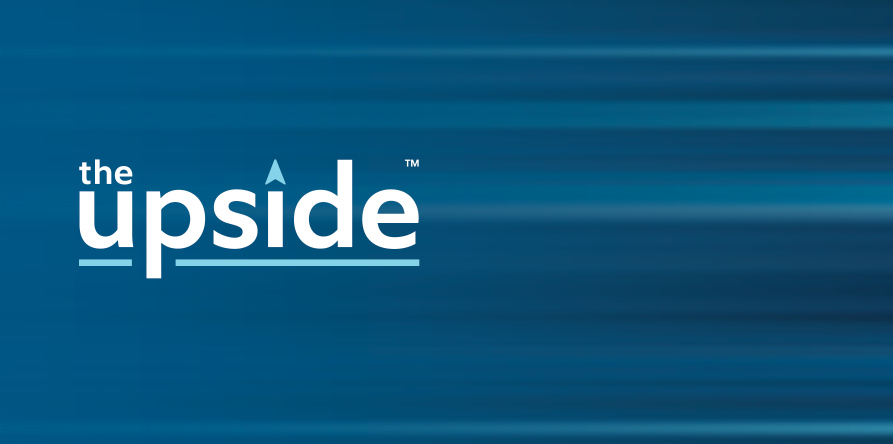
What is the Canada Learning Bond?
If you're a Canadian parent saving for your child's education, you might be eligible for the Canada Learning Bond (CLB). The CLB is available for low-income families who have opened a Registered Education Savings Plan (RESP) for one or more children. The lifetime CLB maximum is $2,000, with an initial payment of $500 in the first year of eligibility. This can provide a big boost to your child's educations savings, so if you think you may qualify, it's definitely worth looking into.
What Is An RESP?
An RESP is a government-sponsored savings plan that encourages Canadian families to save for their child's education. Unlike an RRSP, contributions are not tax-deductible, however, funds inside an RESP are tax-sheltered until they are withdrawn. In addition to tax-sheltered growth, the savings inside an RESP can be boosted with 2 types of grants, the Canada Education Savings Grant (CESG) and the Canada Learning Bond (CLB), the latter of which is the subject of this article. Let's take a closer look at the CLB.
How Does the CLB Work?
As I mentioned, you can qualify for up to $2,000 with the Canada Learning Bond. After you receive the first $500, you can earn $100 for each future year in which you qualify, however, because the CLB is linked to a family's income level, you may not qualify every year.
You are not required to make a contribution to an RESP in order to receive the CLB. This is different from the CESG, which pays a 20% match on contributions made to an RESP, up to a maximum annual and lifetime limit. This means that if you do make contributions, you might be able to benefit from both the CESG and the CLB.
How to Apply for the CLB
When you open an RESP for your child, you'll be given an opportunity to complete a Canada Learning Bond application. The information will be sent to the government, who will review your eligibility. If you qualify, payments will be made to the account automatically. The RESP account opening process can vary somewhat at different institutions, but your financial advisor will be able to guide you through the process. Each year, the CRA will determine whether you are eligible to receive the annual $100 payment, based on your previous year's income. You may qualify some years, in others you may not.
Canada Learning Bond Eligibility
For your child to be eligible to receive the Canada Learning Bond, you'll need to meet the following criteria:
- Child (beneficiary) must have been born in 2004 or later;
- You must have an active RESP account opened for your child
- Both you and your child must have a Social Insurance Number (SIN)
- You'll be asked to provide a birth certificate for your child
- Net income must be within the acceptable range (see below)
CLB Income Qualifier
Because the CLB is targeted at low-income Canadians, you must have an adjusted family net income below a certain threshold. This amount is recalculated every year, and is set depending on the number of children you have. The following thresholds are from the CRA website for the benefit year ending on June 30, 2020
# of Children Adjusted Net Family Income
- 1-3 to and including $47,630
- 4 less than $53,740
- 5 less than $59,876
- 6 less than $66,011
For more than six children, or for full eligibility, visit the CRA website.
Who Should Apply for the Canada Learning Bond?
Every Canadian parent should consider opening an RESP account for their children. Even if you don't have much money to set aside, you might qualify for the CLB depending on your income level, without having to make a contribution. Not only that, but most financial institutions allow you to make contributions of as little as $25 per month. When the government is giving out free money, it's an offer you shouldn't refuse. If you know you won't qualify for the CLB, based on the income levels I've listed above, you can decline that part of the account application. On the other hand, if you're unsure, let your financial advisor know, and they will help you complete the CLB paperwork.


